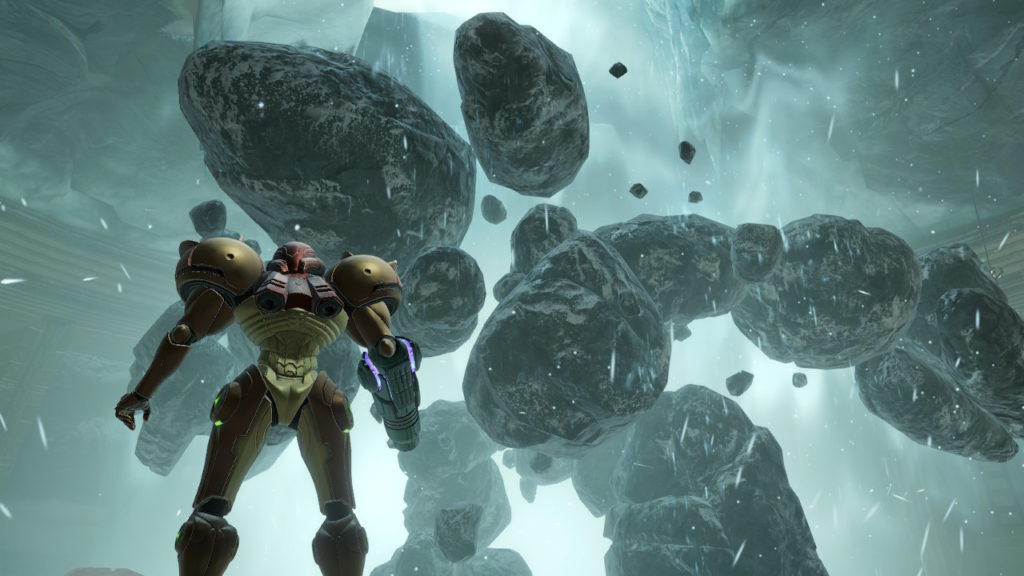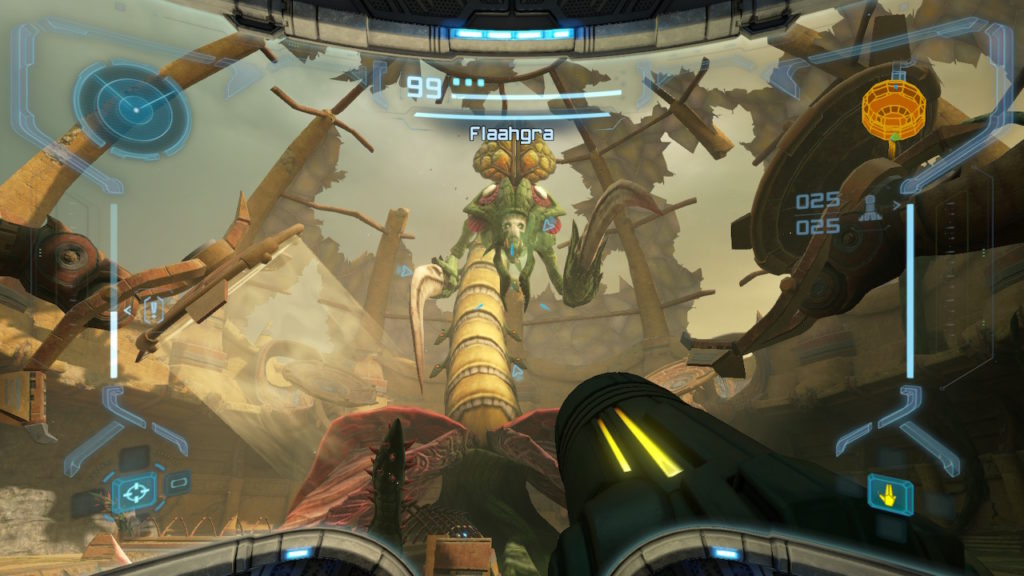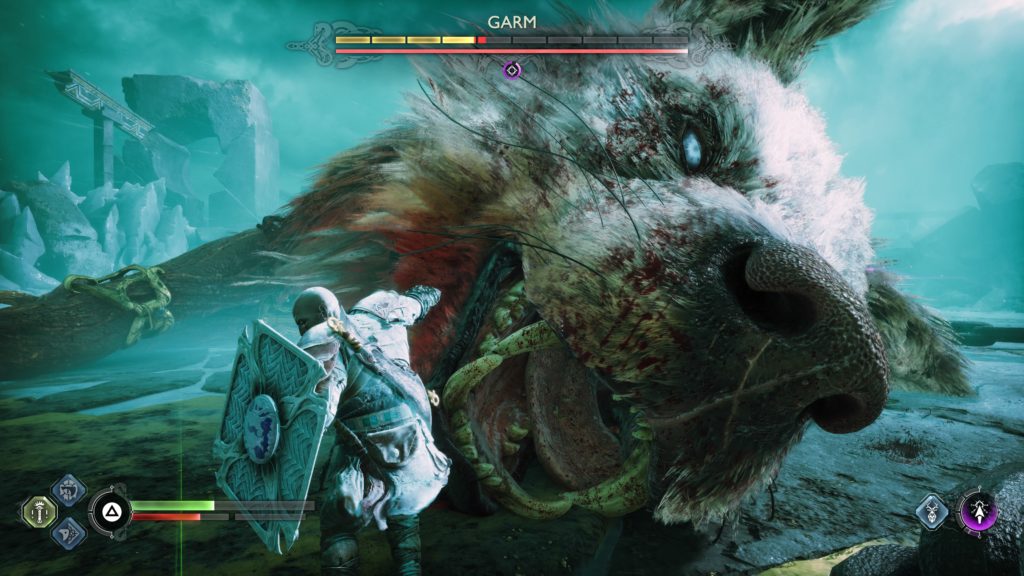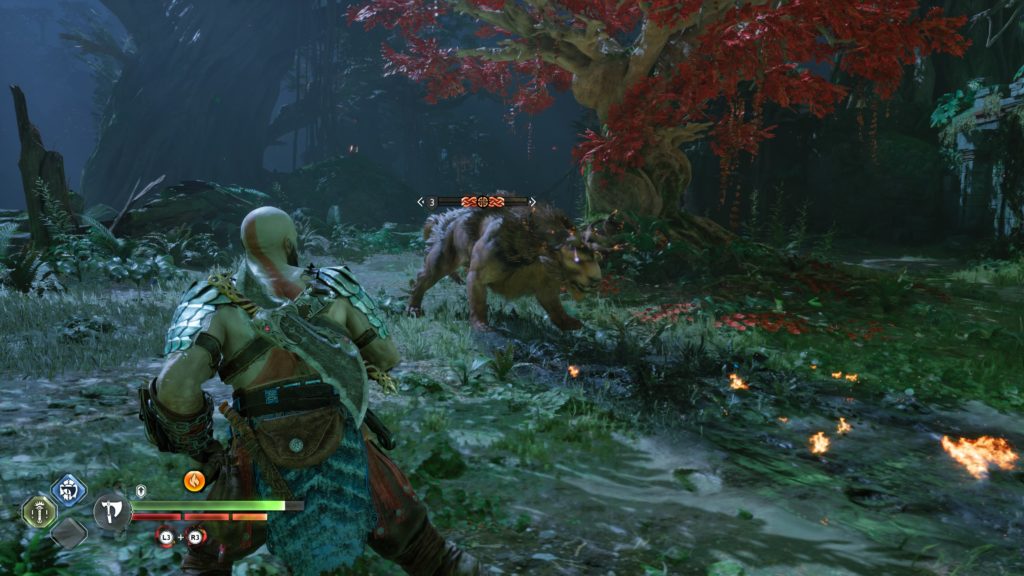More Info from The Game Bakers
- Genre: RPG
- Platform: PS5
- Also Available On: Switch, PS4, Xbox One, Xbox Series, Windows
This is a game that for me stretched how far one mechanic could work for me to carry the game. Sure, this game has some JRPG-ish combat. It has a bunch of crafting in place to handle items and upgrades. However, it was the overworld gliding that kept my attention, and oddly that was enough.
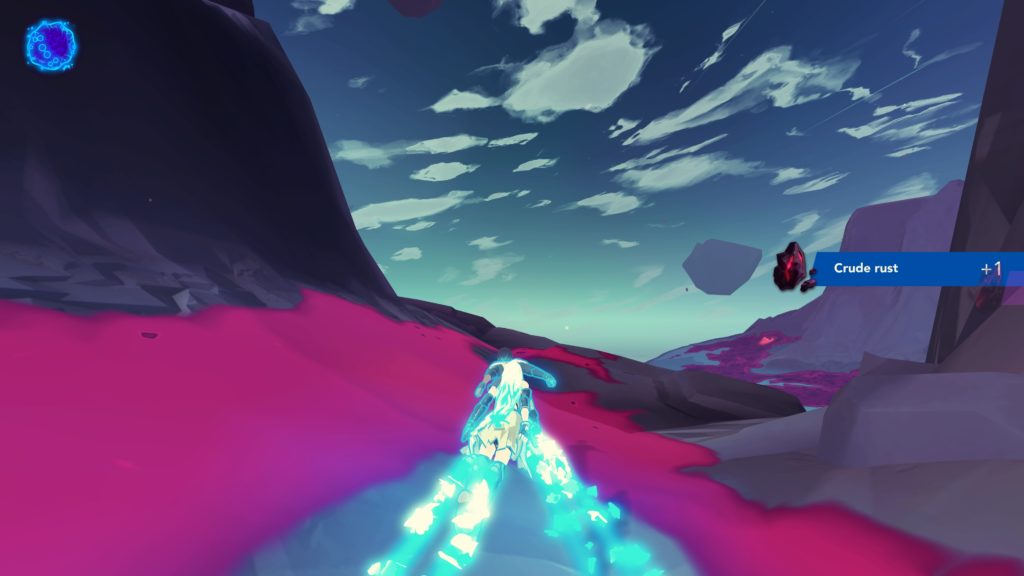
Looking at some reviews after the fact, it feels to me like I had the opposite experience of a lot of reviewers. I’ve seen a lot of places praising the combat and saying the overworld collecting was a drag. However, it felt like the opposite to me. I dreaded being in combat instead of just flying around the world – not because it was necessarily challenging, but because it just felt slow.
Combat in Haven is sort of a FF-lite. It’s effectively an ATB-style JRPG turn-based system. You have a couple attacks to choose from, you can combo them with your partner, or you can activate a shield to reduce damage. It works well enough, but you get all of it immediately and it never really feels….different. Every enemy type is basically a system of figuring out which attack they are weak to, recognize when attacks are coming up to shield, and then getting through it. The only real differences between early and late game are that a couple enemies require waiting until they attack to hit them while they’re dazed and most late-game enemies basically require you to always have one of your party members shielding.
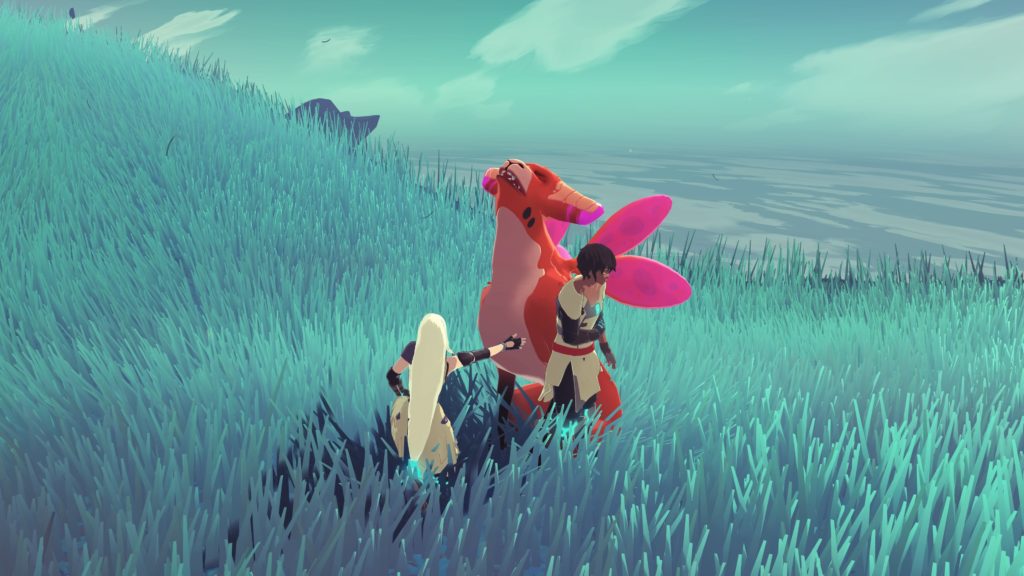
As a core combat system it’s fine, but it left me wanting more. I wanted to have to use better strategy to defeat enemies. I wanted to be able to more rapidly mix attack types instead of waiting for the relatively slow attack gauge charge ups. Frankly, I wanted it to be easier to heal my party instead of having to always be crafting bandages and healing capsules at my base.
I suppose that’s another part of the game feeling slow to me. Even with shielding, you end up taking so much incidental damage over time that you have to find a camp or return to base to heal. The game requires you to eat to have the fastest combat pace which requires you to find a camp or return to base to cook. You often find items required for upgrades or plot reasons that require you to return to base to activate. You basically spend a bunch of time just having to return to base, and it all feels like padding for the sake of extending time played.
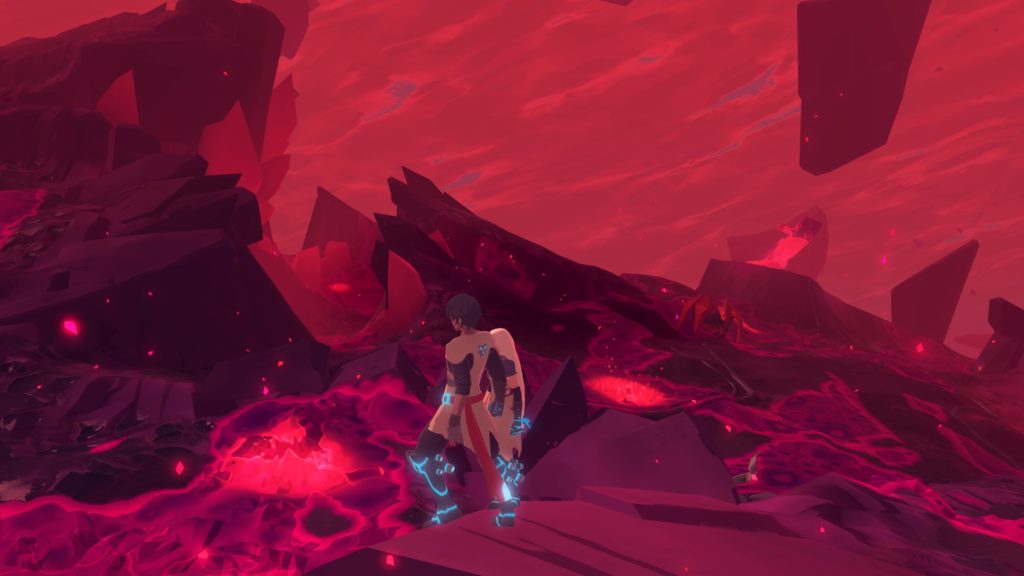
However, I kept pushing because it was fun just to glide around. The gliding is fast, but weighty. There’s a strong sense of momentum when leaning into turns, rather than just turning on a dime. There’s little flow lines all over that have you flying in the air following them that somehow bring on a sense of nostalgia of something like a Tony Hawk game, despite being clearly sci-fi. Some reviewers pointed out that all the collecting was a chore, but I often found it fun gliding around new zones simply to find all the flow lines and figure out where they went. I was having fun for the sake of gliding around, and forward progress in the game was often just incidental to that.
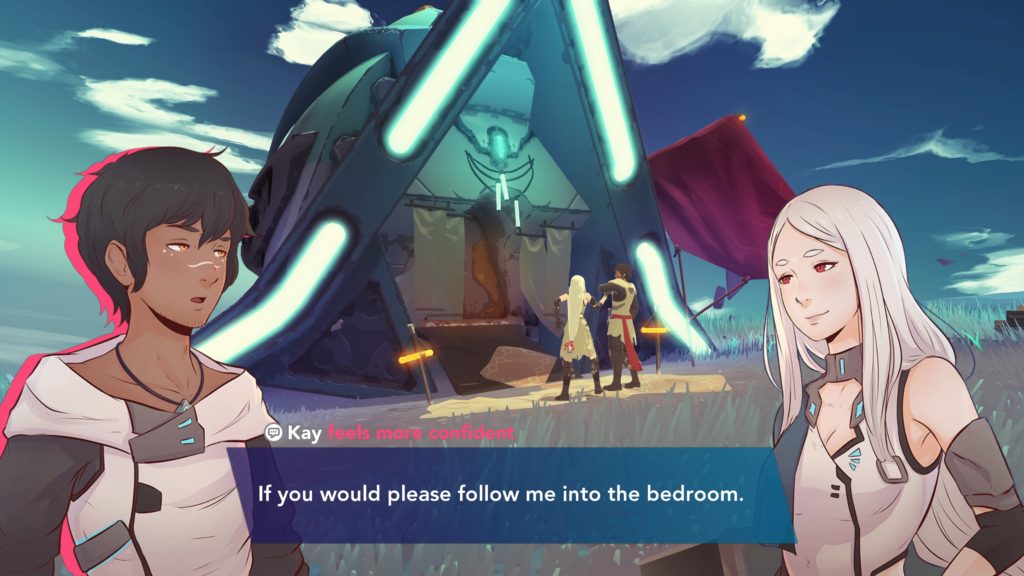
For me, that was enough. Gliding around was fun for the sake of being fun, and the rest of the game was there to happen when it happened. I expect most people will enjoy the combat more than I did and I also suspect that most people will be a little more streamlined with the overworld stuff than I was. So long as you can deal with the fact that story is often outwardly horny, I think there’s a surprising little gem to play here.


